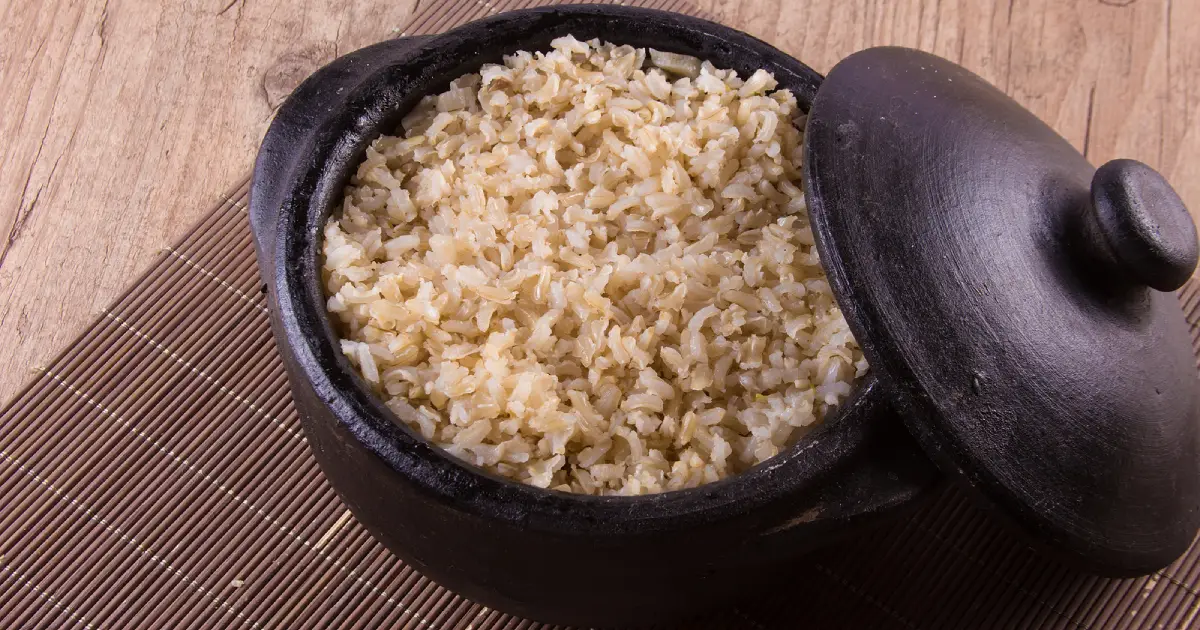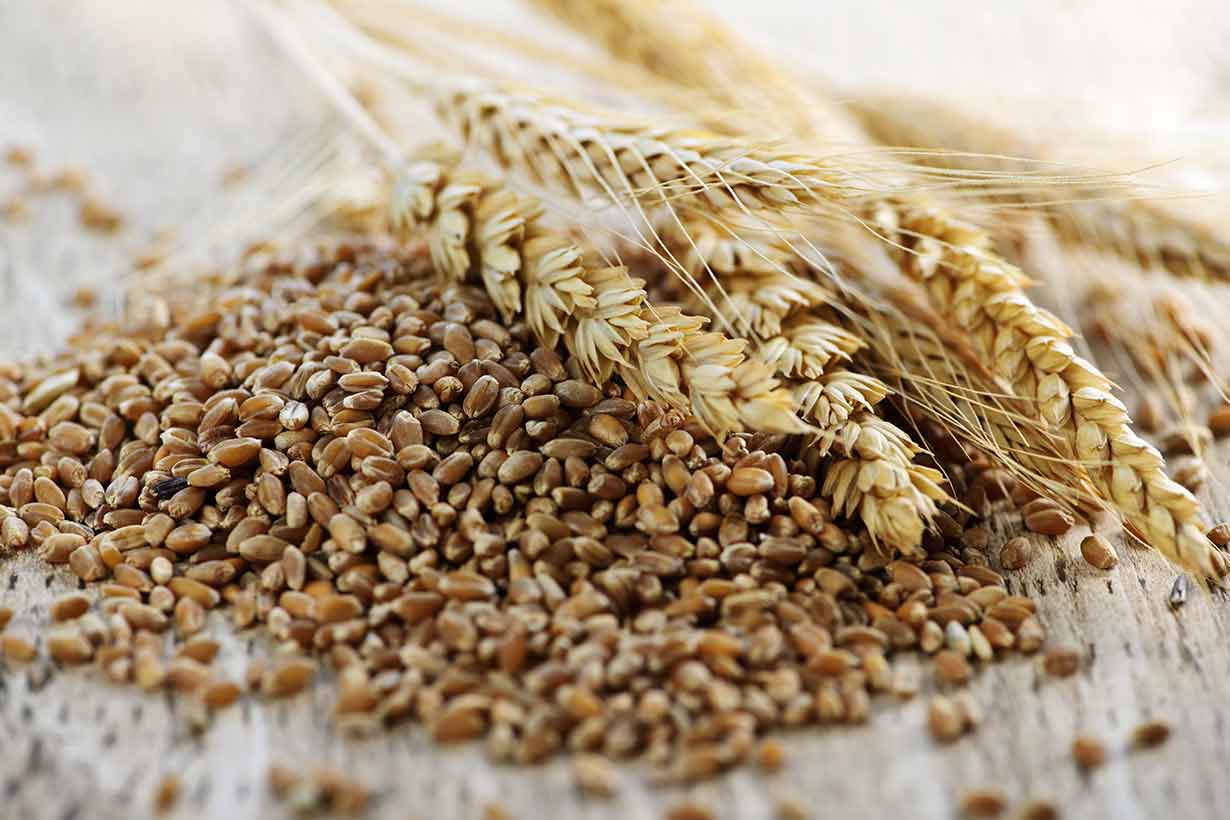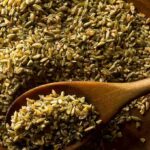You have probably heard the common dietary guidance calling for a higher intake of whole grains, and brown rice is among the most common options.
In this evidence-based guide, we’ll explore what nutritional benefits brown rice offers, its nutritional profile, and how it compares to white rice.
Is it really a significantly better choice? Let’s find out.
Brown Rice In a Nutshell
- Higher in nutrients: Brown rice provides a higher level of most essential vitamins and minerals, particularly magnesium, manganese, and niacin.
- Potential for health benefits: High-level research from systematic reviews suggests that brown rice may lower the risk of type 2 diabetes and provide benefits for weight management.
- The arsenic factor: A potential drawback of brown rice is its higher level of inorganic arsenic, a toxic heavy metal. The exposure level of the highest consumers may be associated with a small increased health risk.
Important Note: The content in this article is for informational and educational purposes only. It should not replace medical advice from your healthcare provider.
Table of contents
Brown Rice Provides More Nutrients Than White Rice

One primary benefit of brown rice is that it is significantly more nutrient-rich than white rice, even when white rice has been enriched.
The table below shows the amounts of key nutrients—those present in the highest amounts—in each type of rice.
Nutritional data is per cup of cooked rice and has been sourced from the USDA’s FoodData Central—percent daily values (% DV) are also provided (1, 2).
| Nutrient | Brown rice | White rice |
|---|---|---|
| Calories | 248 kcal | 205 kcal |
| Carbohydrates | 51.7 g (19% DV) | 44.6g (16% DV) |
| Fiber | 3.23 g (12% DV) | 0.63g (2% DV) |
| Sugars | 0.46 g | 0.08g |
| Fat | 1.96 g (3% DV) | 0.44g (1% DV) |
| Protein | 5.54 g (11% DV) | 4.25g (9% DV) |
| Thiamin (B1) | 0.36 mg (30% DV) | 0.26 mg (22% DV) |
| Niacin (B3) | 5.17 mg (32% DV) | 2.34 mg (15% DV) |
| Folate (DFE) | 18.2 mcg (5% DV) | 91.6 mcg (23% DV) |
| Copper | 0.21 mg (23% DV) | 0.11 mg (12% DV) |
| Magnesium | 78.8 mg (19% DV) | 19 mg (5% DV) |
| Manganese | 1.97 mg (86% DV) | 0.75 mg (33% DV) |
Note on the weight disparity between a cup of brown and white rice: A cup of cooked brown rice weighs more than cooked white rice due to its fiber content. This fiber helps the brown rice absorb more water during the cooking process.
As the table shows:
- Brown rice contains approximately 5x more fiber than white rice
- Brown rice has a slightly higher protein content
- White rice is likely to offer more folate if it is enriched with this key vitamin
- Brown rice provides significantly higher amounts of all other essential vitamins and minerals
Related: Wild rice: another nutrient-rich whole grain rice
Brown Rice May Promote Weight Loss
A 2021 systematic review and meta-analysis analyzed 13 randomized controlled trials that compared the effects of brown and white rice (3).
The review found that across these trials, brown rice had significant effects on weight loss compared to white rice, resulting in an average reduced weight of 1.63 kg (3).
One potential reason for this weight loss could be because whole grain brown rice slows gastric emptying compared to white rice (4). This means that brown rice takes longer to move from the stomach into the intestines, in effect delaying its digestion.
Fiber is known for having this effect, which brown rice contains in higher proportions than white rice.
Research has shown that slower gastric emptying may improve satiety (feelings of fullness) and reduce appetite, potentially leading to a reduced subsequent food intake (5).
May Lower Type 2 Diabetes Risk
Studies suggest that brown rice may lower the risk of type 2 diabetes compared to white rice:
A 2022 systematic review and meta-analysis of 8 observational studies and 11 randomized controlled trials found that (6):
- Each 50-gram daily serving of brown rice was associated with a 13% lower risk of type 2 diabetes.
- The review also found that while high consumers of brown rice had a lower type 2 diabetes risk compared to low consumers, this was reversed in white rice consumers; the highest white rice intakes were associated with an increased risk.
These results may be due to the higher fiber content of brown rice, as higher fiber has been associated with a lower risk of type 2 diabetes in several systematic reviews (7). This is likely because of fiber’s impact on lowering blood glucose levels (8).
Aside from fiber, brown rice also provides significantly higher amounts of magnesium, which has been linked to a lower risk of type 2 diabetes (9, 10).
Heart Health: How Does Brown Rice Impact LDL-Cholesterol?
Brown rice is a whole grain rich in fiber.
While wholegrain and fiber-rich foods are linked to lower levels of “bad” LDL cholesterol, brown rice does not appear to have a significant effect here.
In this regard, a 2021 systematic review of 13 randomized controlled trials found that brown rice had “no significant effect” on blood lipids (cholesterol) (3).
This may be because the fiber in brown rice is predominantly insoluble fiber, which promotes stool bulk and regularity (11). However, it is soluble fiber—as found in oats—that binds to and removes cholesterol in the intestinal tract, leading to lower LDL cholesterol levels (12, 13).
However, based on data from five trials, the systematic review did show that pre-germinated brown rice may lower LDL cholesterol (3). While research is limited, it is thought that germinated brown rice may offer benefits due to its significantly higher phenol and polyphenol content than brown rice (14).
A Potential Downside: Inorganic Arsenic
While brown rice is nutritionally superior to white rice, its higher inorganic arsenic content is a potential drawback.
Inorganic arsenic is a toxic heavy metal present in the environment that has been linked to an increased risk of chronic diseases and adverse health effects (15).
Like other heavy metals such as mercury, arsenic can also accumulate in the human body with repeated dietary exposure. The FDA notes that we don’t have to avoid foods with detected arsenic levels, but that overall arsenic exposure should be limited to safe levels (16).
Risks and Regulatory Findings
Studies have consistently found brown rice contains higher inorganic arsenic levels than white rice, since the bran of the rice grain has a more concentrated content and it is removed to make white rice (17, 18).
A 2020 study on dietary exposure to inorganic arsenic from rice used rice samples spanning from Spain to Japan, India, and Pakistan. The study found that (19):
- Rice is the main dietary contributor of arsenic.
- Brown rice contained approximately 43% more arsenic (189 mcg per kg) than white rice (132 mcg per kg).
- Toddlers and young children had the highest exposure level due to dietary intake of foods like baby cereals and breakfast cereals.
The FDA’s 2016 ‘Arsenic in Rice and Rice Products Risk Assessment Report’ notes that the risk for adults with a balanced diet from arsenic is generally low, but that the risk is higher for young children due to their lower relative body weight and perhaps higher intake of rice products (20).
The European Food Safety Authority (EFSA) published a report on chronic dietary exposure to inorganic arsenic in 2021. The report found that (21):
- The majority of consumers did not have arsenic exposure believed to convey an increased health risk.
- However, the 95th percentile of children—1 in 20—had an inorganic arsenic intake within the increased health risk area.
- This increase risk represents a calculated 1% additional risk over the lifetime of developing certain cancers (22).
In summary, high consumption of brown rice may increase inorganic arsenic exposure to levels associated with increased health risk in vulnerable groups, such as small children. However, including brown rice in a varied diet is not thought to be a health concern.
The Nutritional Profile of Brown Rice
Now that we have explored the research on brown rice and how it compares to white rice, let’s examine its full nutritional values.
The tables below show the basic nutrition facts, including calorie and macronutrient content, as well as vitamins and minerals.
The data is for cooked long-grain brown rice per 100 grams and per 202g cup, with nutritional data sourced from the USDA (1).
Calories and Macronutrients
| Nutrient | Per 100g | Per 202g cup |
|---|---|---|
| Calories | 123 kcal | 248 kcal |
| Carbohydrates | 25.6g (9% DV) | 51.7g (19% DV) |
| Fiber | 1.6g (6% DV) | 3.23g (12% DV) |
| Sugars | 0.24g | 0.49g |
| Fat | 0.97g (1% DV) | 1.96g (3% DV) |
| Saturated fat | 0.26g (1% DV) | 0.53g (3% DV) |
| Monounsaturated fat | 0.37g | 0.75g |
| Polyunsaturated fat | 0.37g | 0.75g |
| Omega-3 | 0.01g | 0.02g |
| Omega-6 | 0.36g | 0.72g |
| Protein | 2.74g (5% DV) | 5.54g (11% DV) |
| Cholesterol | 0 mg (0% DV) | 0 mg (0% DV) |
Vitamins
| Vitamin | Per 100g | Per 202g cup |
|---|---|---|
| Vitamin A (RAE) | 0 mcg (0% DV) | 0 mcg (0% DV) |
| Vitamin C | 0 mg (0% DV) | 0 mg (0% DV) |
| Vitamin D | 0 mcg (0% DV) | 0 mcg (0% DV) |
| Vitamin E | 0.17 mg (1% DV) | 0.34 mg (2% DV) |
| Vitamin K | 0.2 mcg (<1% DV) | 0.40 mcg (<1% DV) |
| Thiamin (B1) | 0.18 mg (15% DV) | 0.36 mg (30% DV) |
| Riboflavin (B2) | 0.07 mg (5% DV) | 0.14 mg (11% DV) |
| Niacin (B3) | 2.56 mg (16% DV) | 5.17 mg (32% DV) |
| Pantothenic acid (B5) | 0.38 mg (8% DV) | 0.77 mg (15% DV) |
| Vitamin B6 | 0.12 mg (7% DV) | 0.25 mg (15% DV) |
| Folate (B9) | 9 mcg (2% DV) | 18.2 mcg (5% DV) |
| Vitamin B12 | 0 mcg (0% DV) | 0 mcg (0% DV) |
| Choline | 9.2 mg (2% DV) | 18.6 mg (3% DV) |
Minerals
| Mineral | Per 100g | Per 202g cup |
|---|---|---|
| Calcium | 3 mg (<1% DV) | 6.06 mg (<1% DV) |
| Iron | 0.56 mg (3% DV) | 1.13 mg (6% DV) |
| Magnesium | 39 mg (9% DV) | 78.8 mg (19% DV) |
| Phosphorus | 103 mg (8% DV) | 208 mg (17% DV) |
| Potassium | 86 mg (2% DV) | 174 mg (4% DV) |
| Sodium | 4 mg (<1% DV) | 8.08 mg (<1% DV) |
| Zinc | 0.71 mg (6% DV) | 1.43 mg (13% DV) |
| Copper | 0.11 mg (12% DV) | 0.21 mg (23% DV) |
| Manganese | 0.97 mg (42% DV) | 1.97 mg (86% DV) |
| Selenium | 5.8 mcg (11% DV) | 11.7 mcg (21% DV) |
Is Brown Rice a Healthier Option Than White Rice?
As we’ve seen throughout this article, brown rice provides significantly higher amounts of essential nutrients.
Among these nutrients, their higher provision of fiber, magnesium, manganese, and niacin is particularly notable.
In addition, brown rice contains more phytonutrients, and evidence from systematic reviews suggests it may have benefits over white rice for weight management and reducing type 2 diabetes risk.
However, a notable downside is that brown rice contains higher levels of inorganic arsenic—and the very highest consumers may have exposure levels that are associated with an increased health risk.
That said, there are also some ways to reduce the inorganic arsenic content of brown rice. For instance, the FDA advises that cooking rice in excess water (6–10 parts water to 1 part rice) lowers the inorganic arsenic content of rice by 40–60% (23).
Overall, brown rice is a nutritionally superior option to white rice and evidence supports potential health benefits when choosing it over white rice. However, it may be worth including white rice or other grains if consuming high amounts of brown rice on a daily basis.
For more on rice, see this guide to nine different types of rice.








